In the News
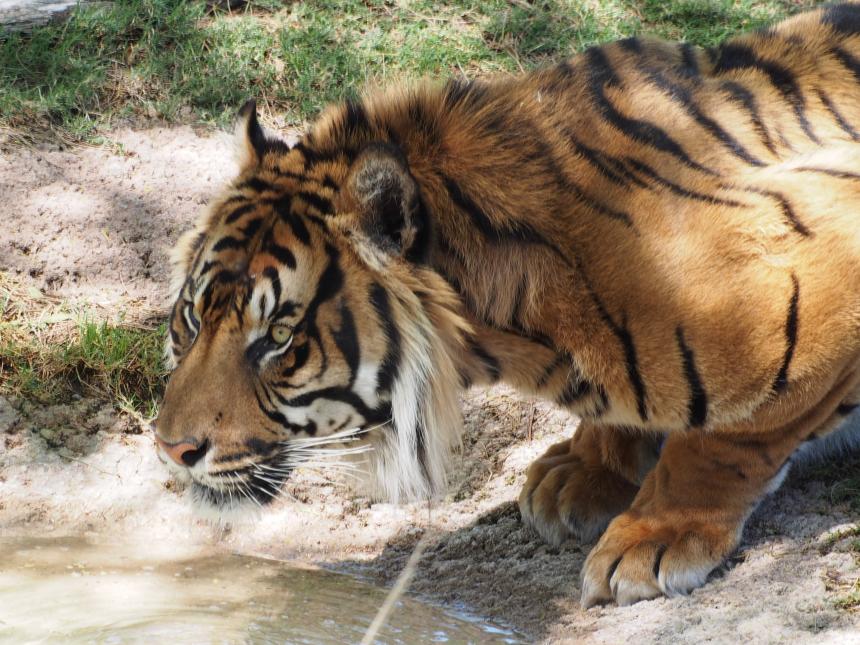
December 10, 2021
Dr. Martin Gilbert, Wild Carnivore Specialist at the Cornell Wildlife Health Center, has worked extensively documenting the threat of canine distemper virus (CDV) to endangered Amur tigers in the Russian Far East. He is now working to determine the threat of CDV to other tiger subspecies.
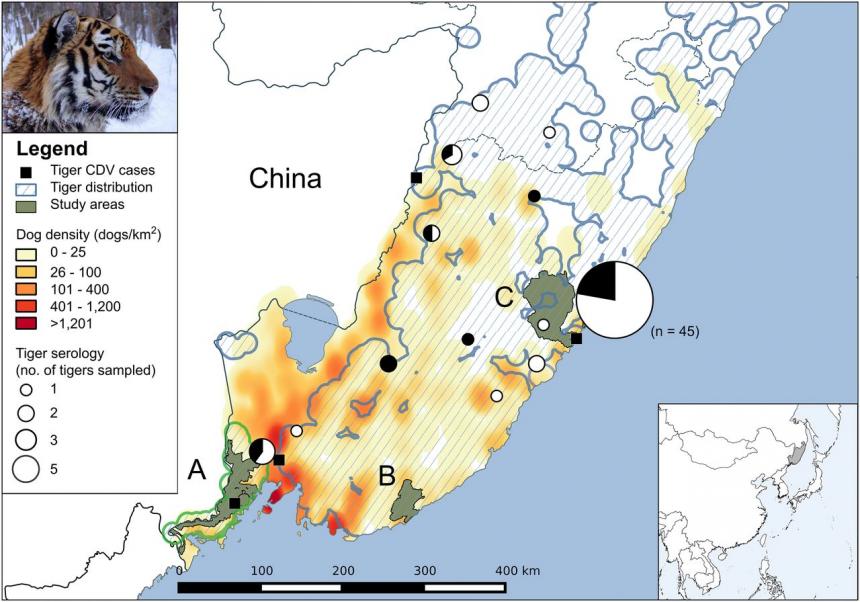
August 23, 2021
For more than a year, the world has closely followed the development, approval and deployment of various coronavirus vaccines that could bring an end to the global pandemic, debating every side effect and hurdle. But vaccines aren’t only used to spare humans from the ravages of disease; increasingly, they’re being used to conserve wild species threatened with extinction.
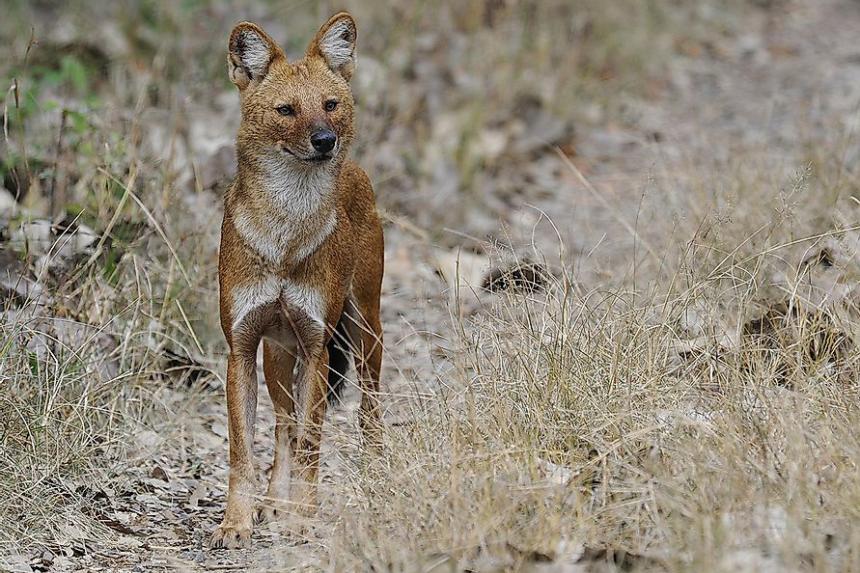
July 26, 2021
Cornell's Dr. Martin Gilbert discusses how infectious disease likely represents an important threat for endangered dhole populations and that such diseases could even be capable of causing local extinctions.
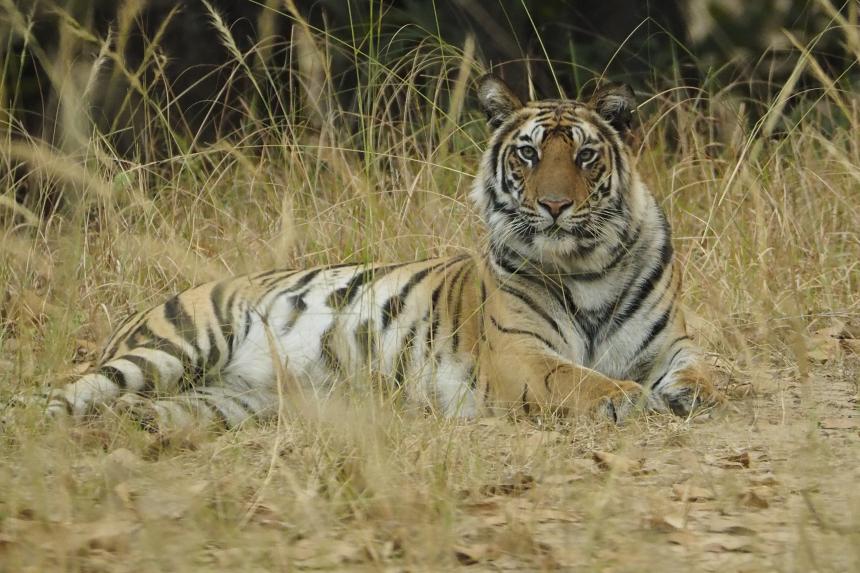
June 04, 2021
An interdisciplinary team of researchers, including the Cornell Wildlife Health Center’s Dr. Martin Gilbert, collaborated to assess the impact of habitat loss and fragmentation on tiger populations.
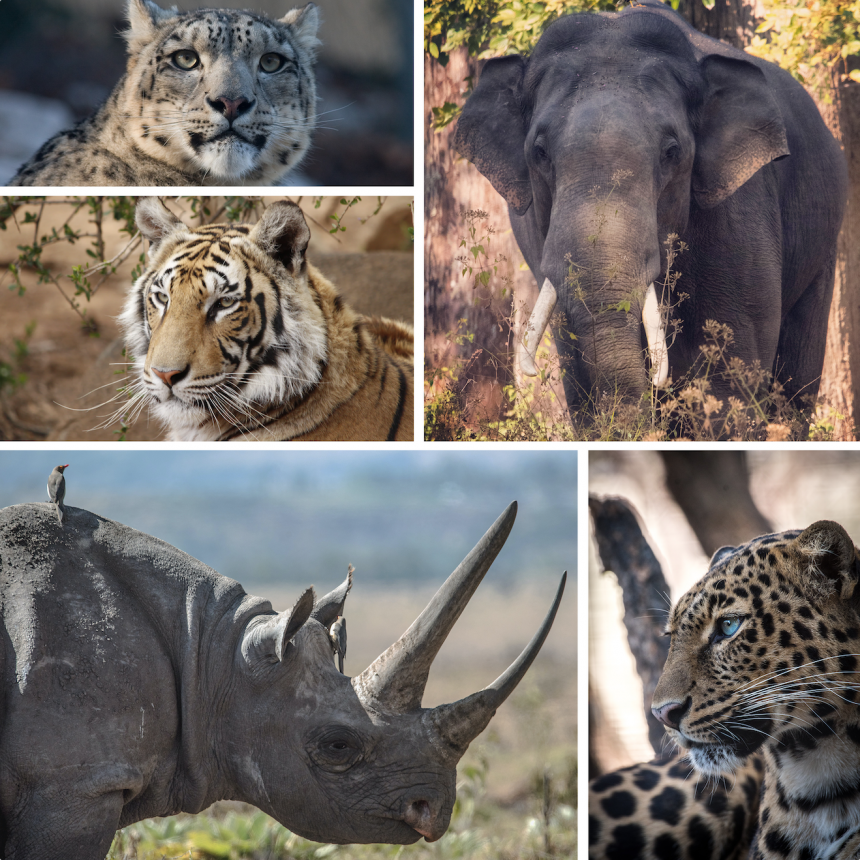
May 21, 2021
The third Friday of May is Endangered Species Day. Primarily as a result of human activities, our planet’s biodiversity is shrinking at an unprecedented rate. The Cornell Wildlife Health Center is proud to support a diverse range of species and ecosystems through our work.
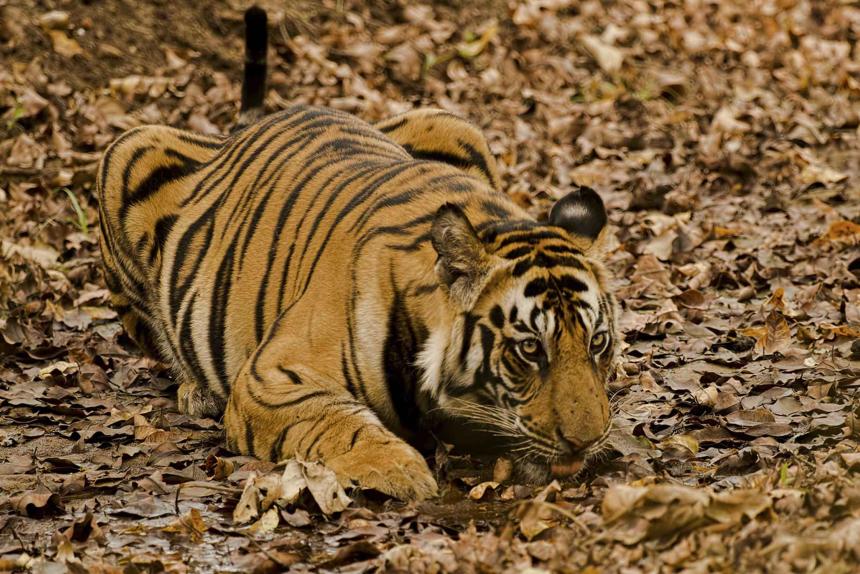
April 13, 2021
A research team, including the Cornell Wildlife Health Center’s Dr. Martin Gilbert, published a case report describing the death of a Bengal tiger in Bhutan from neurocysticercosis (the presence of larval tapeworm stages in the brain). Bengal tigers are endangered, with only 103 individuals estimated to remain in Bhutan, with more in other range countries including India and Nepal.
Announcement
March 29, 2021
The Wild Carnivore Health Program was awarded a grant from the Wild Sheep Foundation to introduce a program of pathogen surveillance focused on argali and Siberian ibex to help maintain viable herds of wild sheep and goats in Kyrgyzstan and elsewhere in Central Asia.
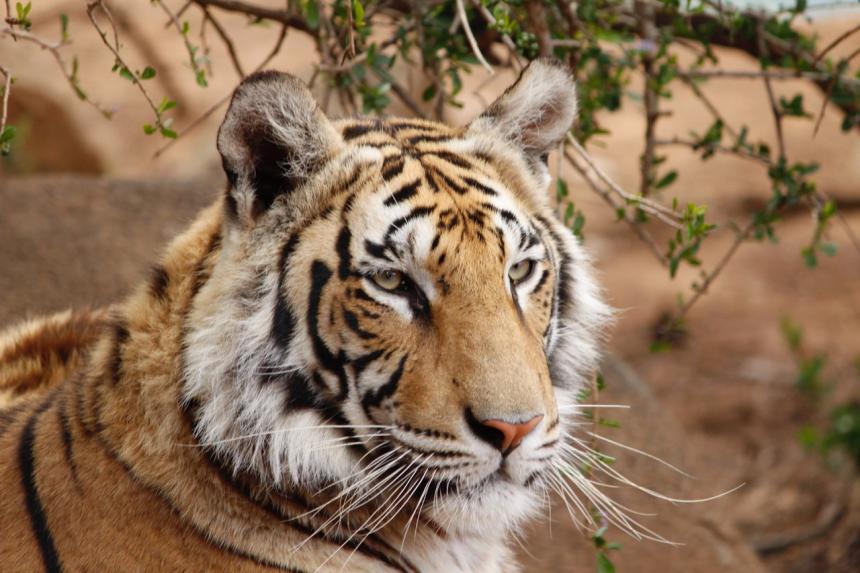
March 26, 2021
Canine distemper threatens a key group of Amur tigers, but an unconventional vaccination program could help. Researchers have found that vaccinating tigers for canine distemper virus can play a key role in improving conservation outcomes for small, isolated tiger populations at risk.
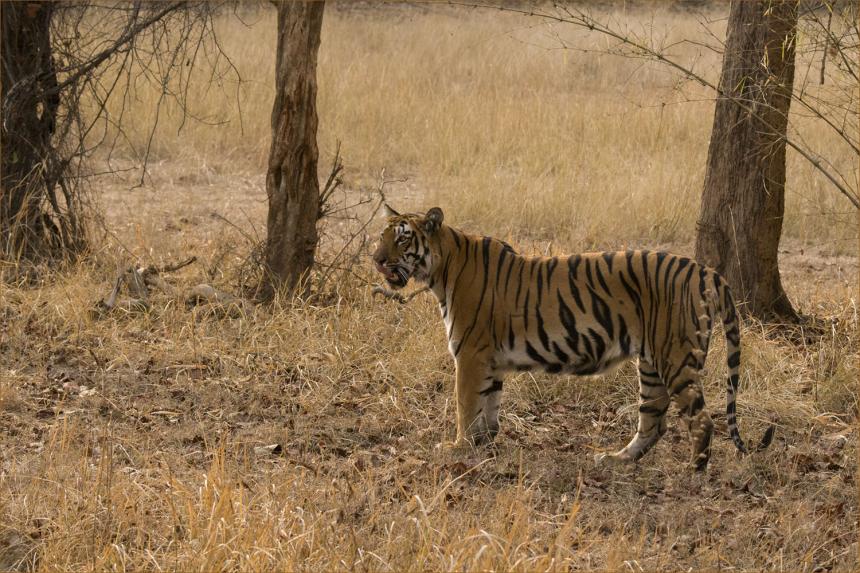
March 12, 2021
While Indian tigers have the highest genetic variation compared to other subspecies of the feline across the world, their populations continue to be fragmented by loss of habitat, leading to inbreeding and potential loss of this diversity.
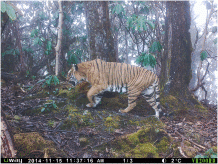
For Your Information
March 09, 2021
Neurological disease in wild tigers has recently gained prominence following a series of fatal canine distemper virus infections affecting tigers in Russia and elsewhere. However, new research into a similar case affecting a wild Bengal tiger in Bhutan diagnosed a brain lesion caused by a human tapeworm - the first time the condition has been recorded in a non-domestic cat species.
